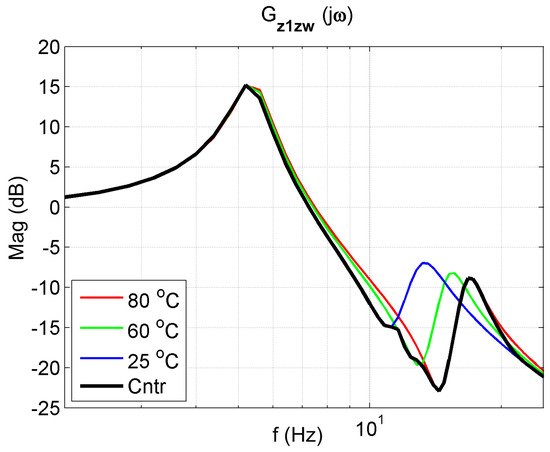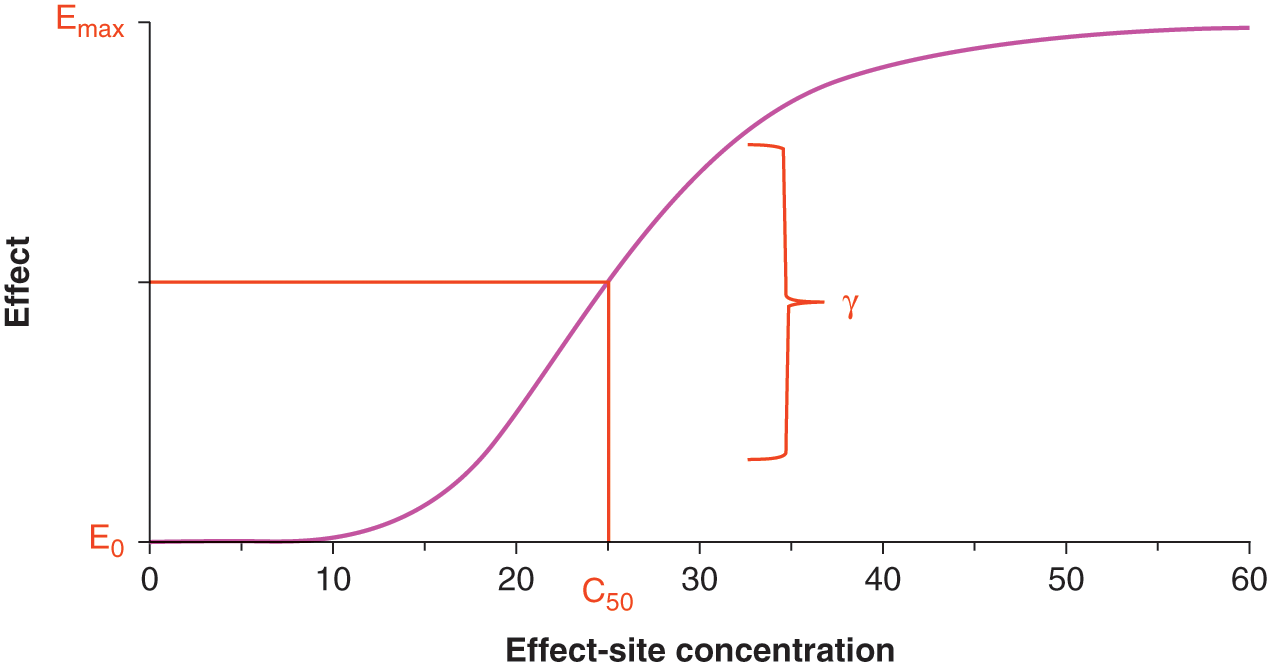


This will ensure the primary healthcare facilities are not undermined and allow the referral levels of care to live up to their mandate.įollowing Nigeria’s independence in 1960, there have been several attempts to improve healthcare delivery. Therefore, a multifaceted approach is needed to address the current concerns to ensure patients utilise the appropriate level of care. The findings from this study call for an evaluation of the current healthcare referral system, particularly in developing settings like Nigeria and consequently the need for developing a contextual model as applicable to individual settings. These themes included: patients understanding of the healthcare delivery system perceptions about the healthcare providers perceptions about healthcare equipment/ facilities advice from relatives and friends service-users’ expectations access to healthcare facilities regulations/ policies medical symptoms perceptions of severity of medical symptoms. The identified themes were organised based on the predisposing, enabling and need component of Andersen’s model. Various reasons were identified to have resulted in the bypass of the primary healthcare facilities in favour of the secondary level of care. This was subsequently transcribed and framework analysis was employed for the analysis. The interviews were tape-recorded, each lasting 20 min on average. Twenty-four self-referred service-users were interviewed from three selected secondary healthcare facilities (general hospitals) in Niger state, Nigeria. Thus, this study sought to identify the factors that influence service-users’ decision to self-refer to the secondary healthcare facilities in Nigeria by exploring the perceptions and experiences of the service-users. About 60–90% of patients in Nigeria are reported to self-refer to a referral level of care. The by-pass of the primary level of care to the referral facilities has continued to raise concerns for the healthcare delivery system.


 0 kommentar(er)
0 kommentar(er)
